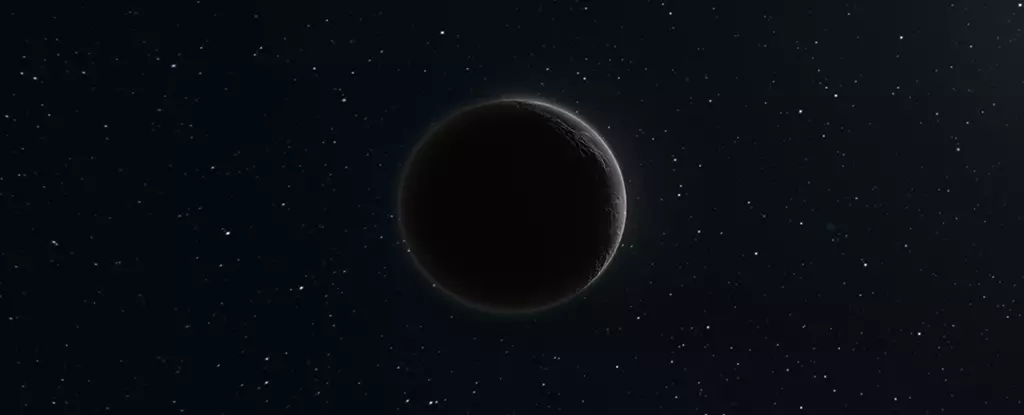The quest to find the mysterious Planet Nine persists, with recent research suggesting the “strongest statistical evidence yet” for the existence of a planet lurking in the distant reaches of the Solar System. Astronomer Konstantin Bogytin of the California Institute of Technology (Caltech) asserts that this latest study provides compelling support for the presence of a ninth planet. Bogytin, who has spearheaded numerous investigations into Planet Nine, and his team focused on tracking the movements of Trans-Neptunian Objects (TNOs), which are celestial bodies located beyond Neptune’s orbit, including dwarf planets like Pluto and Eris.
The researchers delved into TNOs that had been previously disregarded due to their erratic orbits influenced by Neptune’s gravitational pull. Despite the complexities of interpreting the paths of these unstable objects, the scientists embraced the challenge by incorporating the data into simulations. These simulations factored in various forces, such as those exerted by other planets, passing stars, and the galactic tide from the Milky Way. Two sets of simulations were conducted – one based on the assumption of Planet Nine’s existence and the other assuming the planet’s nonexistence.
According to the team’s paper, accounting for observational biases revealed that the orbital behavior of the TNOs closely corresponded with the predictions of the model incorporating Planet Nine. Conversely, such alignment would be improbable in a scenario where Planet Nine does not exist. Although the evidence points towards the existence of the elusive planet, the researchers acknowledge that definitive proof is still lacking. Past endeavors to detect Planet Nine by scrutinizing its hypothetical impacts on the Solar System have thus far yielded inconclusive results. However, the advent of more potent telescopes, including the Vera C. Rubin Observatory in Chile, may enhance the likelihood of resolving the Planet Nine conundrum in the near future.
The researchers express anticipation for forthcoming studies and emphasize the importance of high-resolution images of deep space in validating their estimates and assumptions. Based on their calculations, Planet Nine, if it exists, would likely possess a relatively modest mass of five times that of Earth and orbit at a distance around 500 times farther from the Sun than Earth’s distance. Given Pluto’s distance from the Sun being only 40 times greater than Earth’s, spotting Planet Nine directly would prove exceedingly challenging. Consequently, scientists rely on simulations and observations of detectable bodies to infer the presence of this enigmatic planet. The team highlights the potential for future studies to either confirm or dismiss the existence of Planet Nine based on testable predictions put forth in their research.


Leave a Reply